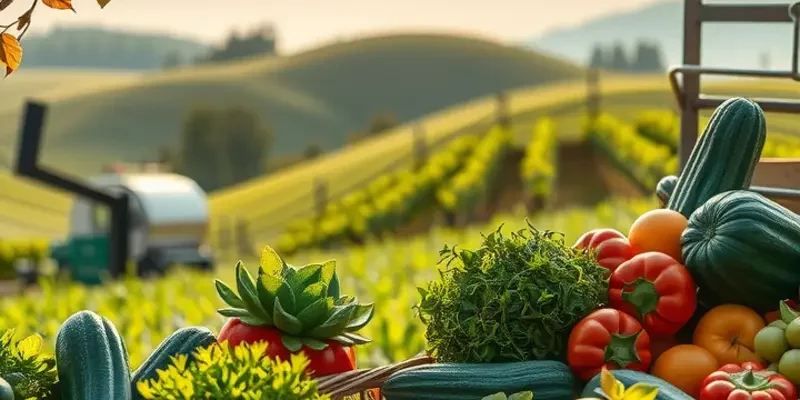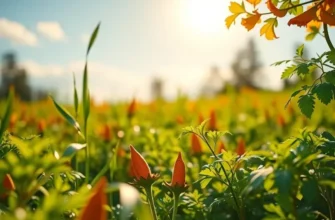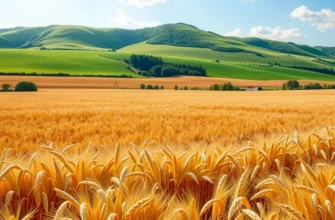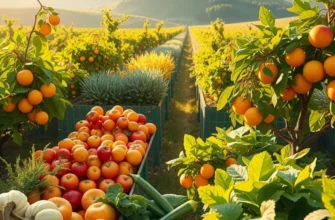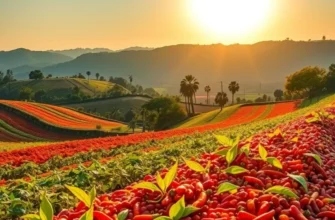Food is more than sustenance; it is a reflection of culture, history, and environment. Ancient culinary arts provide a fascinating glimpse into the lives of our ancestors and their relationship with food. From the spices of the Silk Road to the communal feasts of ancient tribes, these traditions shaped the cuisines we cherish today. Join a journey through time as we uncover the culinary arts of ancient cultures, celebrating their unique techniques, ingredients, and rituals that resonate in contemporary cooking.
The Spice Trail: Flavor and Trade

The significance of spices in ancient culinary practices goes beyond their ability to enhance flavor. Spices were pivotal in shaping cultural and economic landscapes across the globe. From the iconic Silk Road to the maritime spice routes, these aromatic treasures facilitated trade, fostered cultural exchange, and even prompted voyages of exploration.
Among the earliest and most sought-after spices was saffron, often referred to as ‘red gold.’ Originating from the region of present-day Iran, saffron’s delicate threads and unmatched flavor captivated ancient civilizations. Its vivid hue and aroma adorned the dishes of Greek and Persian empires, and its cultivation spread throughout Europe and Asia. As it traveled, saffron brought with it tales of exotic lands, interweaving stories of conquest and diplomacy.
Cinnamon, another luxurious spice, found its roots in Sri Lanka and India. Historians note its usage as far back as Ancient Egypt in 2000 BC, where it was used in embalming rituals. The spice’s warm and sweet notes became synonymous with wealth. Roman emperors prized cinnamon for its ability to enhance both culinary and ceremonial experiences. The Roman demand for it was insatiable, paving the way for middlemen in Arabian Peninsula cities to charge premium prices.
In contrast, pepper served as a more ubiquitous spice that revolutionized culinary practices across regions. Native to South India, pepper became the gold standard for spice trade dynamics. The Roman Empire maintained a robust trade of pepper, with its weight often equated to gold. This was further exemplified when, according to legend, Visigoth King Alaric demanded thousands of pounds of pepper as ransom for sparing the city of Rome in the 5th century.
Trade routes, including the fabled Spice Route, acted as conduits for cultural exchange. These passages were not just about commodities; they served as bridges between civilizations. Language, art, and food were shared alongside saffron and cinnamon. Flavors like the spicy notes of South Indian cuisine traveled alongside pepper, influencing meal-preparation practices in European kitchens.
The demand for spices incentivized maritime exploration, leading to the Age of Discovery. European powers competed to find new routes to the East, culminating in the discovery of the New World. Voyages led by explorers such as Vasco da Gama established direct sea links to the spice-producing lands, transforming global trade dynamics.
Spices did more than flavor foods; they paved the way for world-changing discoveries and cultural confluence. The spice trade has left an indelible mark on global cultures, from shaping cuisines to altering political and economic power structures.
Today, the inheritance of these enriched culinary traditions can be tasted worldwide, a testament to centuries of trade and cultural synthesis. For a deeper understanding of how culinary influences spread through trade, consider exploring this insightful guide.
Feasting Through Time: Culinary Rites and Rituals
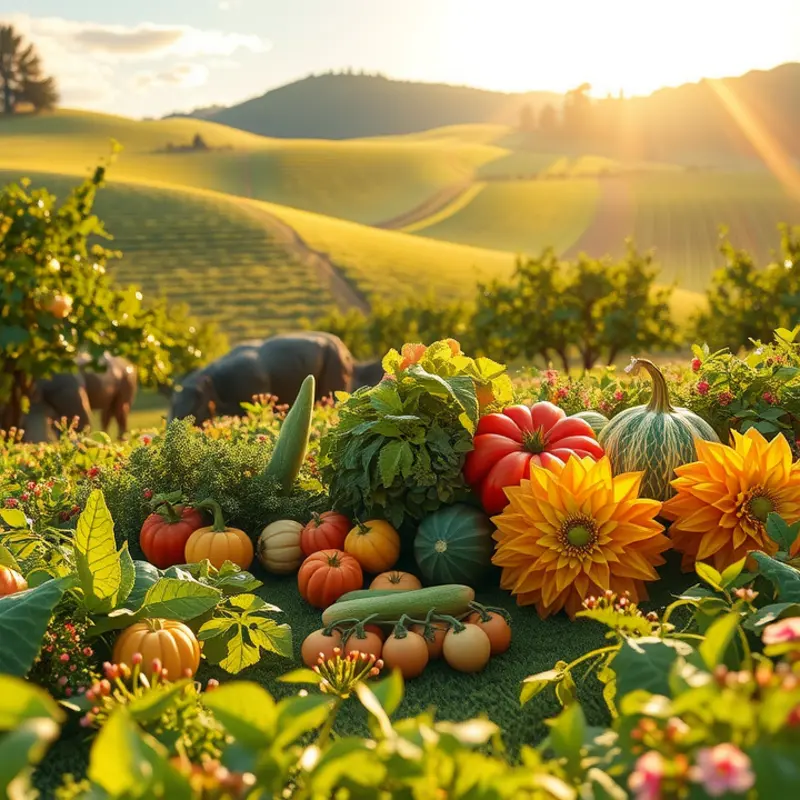
Feasting Through Time: Culinary Rites and Rituals
Communal feasts in ancient societies were more than mere displays of abundance. They played an essential role in cementing social bonds, serving as crucial pillars in the fabric of these communities. In ancient Rome, for instance, feasts surrounding gladiatorial games provided both entertainment and a venue for social stratification. Guests would gather to share lavish banquets, indulging in exotic dishes while rooting for their favorite gladiators. Such practices not only reflected the empire’s wealth but also its hierarchical society.
In contrast, the Mayan civilization embraced feasts as spiritual offerings. Ceremonial events involved intricate preparations where maize, beans, and cacao were transformed into sacred offerings to the gods. The communal consumption of these foods reinforced societal ties and religious devotion, highlighting a unique blend of the spiritual world with the everyday lives of the Mayans.
Crossing into the Celtic traditions, we find the communal feast of Samhain, a predecessor to modern Halloween. These gatherings marked the end of harvest and the onset of winter, where communities came together to partake in foods that honored the dead. Rituals involved shared dishes, believed to please spirits, entwining the living with ancestral spirits in harmony.
The significance of food in rituals extends into today’s cultures, albeit in modern forms. Weddings, festivals, and national holidays around the world continue to follow the ancient blueprint of gathering, sharing, and celebrating with food. These events underscore how food serves as a universal language, connecting individuals across time and space. Even now, dining with others can break down barriers, encouraging communication and mutual respect.
Interestingly, the principles of ancient feasting—community, sharing, and reflection—play into modern mindful eating practices. By being present during meals, individuals can forge deeper connections with their food and those around them, akin to the intentional consumption seen in ancient rituals. For those interested in incorporating these elements into modern practices, exploring mindful eating offers advantageous insights.
From these traditions, it’s evident that food was much more than sustenance. It was a tool that built and fortified communities, a reflection of belief systems and an expression of culture. Modern gatherings may not hold the same overt spiritual connotations as ancient ones, but their essence—a celebration of togetherness through shared meals—remains imprinted in human nature. As such, understanding these past culinary rites and rituals offers invaluable insights into the enduring power of food as a central pillar of society.
Final words
Ancient culinary arts offer a rich tapestry of flavors, traditions, and stories that continue to shape our modern world. By understanding the cultural significance of these practices, we not only deepen our appreciation for food but also acknowledge the shared human experience across time and geography. Every dish served today is a continuation of these age-old traditions, inviting us to savor not just the flavors, but the history and culture behind them. As food enthusiasts and culturally curious individuals, embracing these ancient practices enhances our connection to the diverse world of cuisine.

